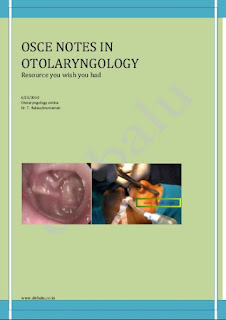History: Ward in 1854 described the macroscopic features of papilloma of nose. He used the term papillomatous neoplasm to describe this lesion. Billroth in 1855 used the term villous carcinoma to describe inverted papilloma because of its propensity to destroy local tissues and recurrence after surgery. Hopmann in 1883 used the terms hard and soft papilloma to ascertain the stoma : epithelium ratio. This classification ofcourse was not useful because the number of epithelial layers varied within the various areas of the same specimen.
Ringertz in 1938 coined the term inverted papilloma after recognizing the characteristic endophytic growth pattern demonstrated by this type of papilloma. Kramer and Som in 1935 used the term genuine papilloma of the nasal cavity. Berendes in 1966 after taking congnizance of the destructive properties of this lesion used the term Malignant papilloma to indicate this mass. Hyams in 1971 classified nasal papillomas as inverted papilloma (to indicate papillomas with endophytic growth) and fungiform papilloma. He also included a third group cylinderical papilloma to accomodate the variantions seen in these papillomas. Batsakis in 1987 used the term inverted Schneiderian papilloma indicating its origin from the Schneiderian membrane (nasal mucosa). Michaels in 1996 regarded the three types of nasal papilloma as three completely distinct entities whereas Eggers in 2005 considered these three types of nasal papillomas as hybrid lesions.
Synonyms: As indicated above various synonyms have been used to indicate inverted papilloma of nose. They include:
1.Schneiderian papilloma
2.Inverted papilloma
3.Benign papilloma of nose
4.Cylindroma
5.Malignant papilloma of nose
Definition: The mucosal lining of nose and paranasal sinuses is known as Schneiderian membrane in memory of Victor conrod Schnider who described its histology. Papillomas arising from this membrane is very unique in that they are found to be growing inwards and hence the term inverted papilloma. These papillomas are unique in their history, biology and location. Papillomas involving the vestibule is not included in this group because histologically, biologically and behavior wise it is different.
You can download the e book by clicking at the image below.



